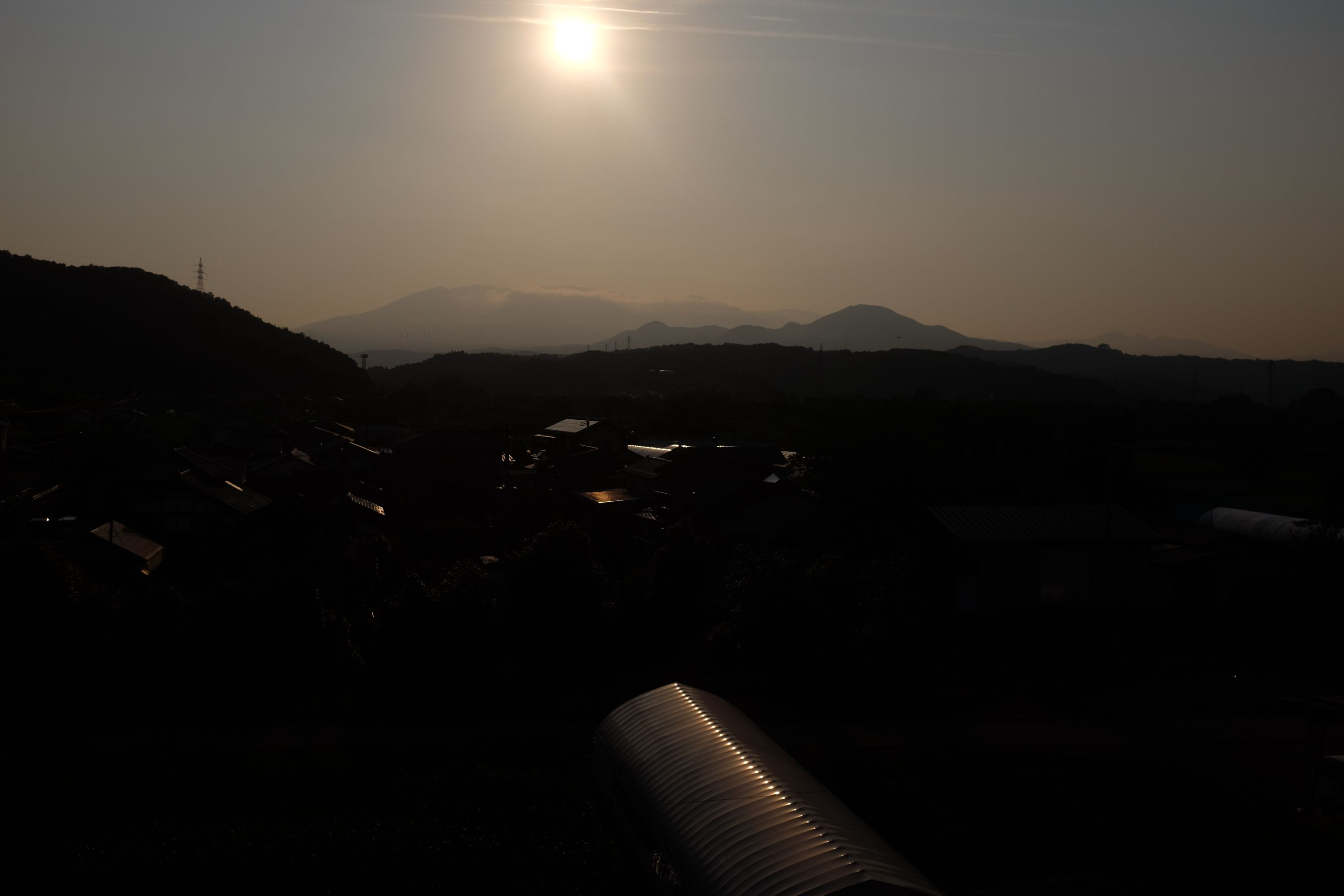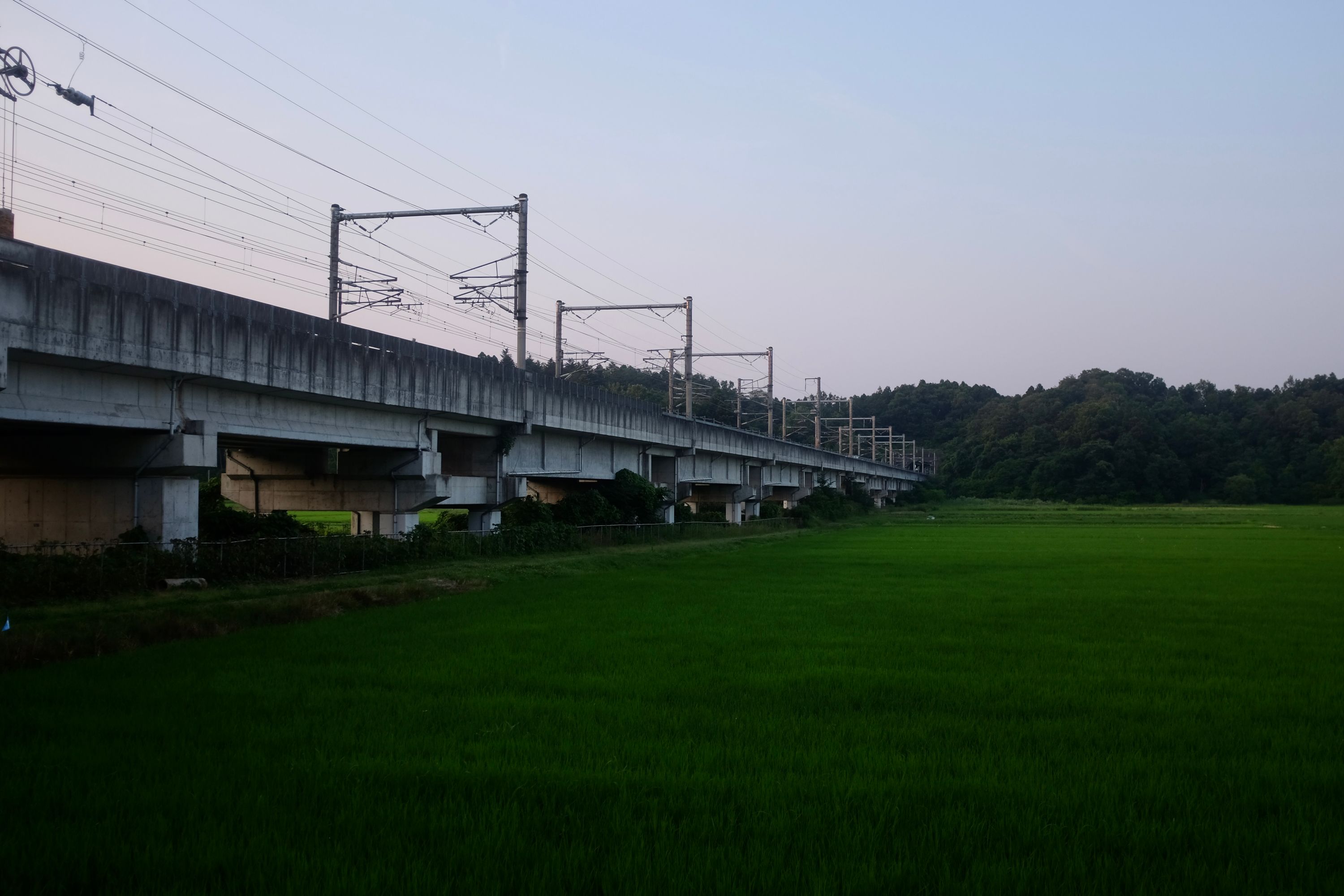Day 86 (July 7, 2017)
Marumori, Miyagi → Zaō, Miyagi
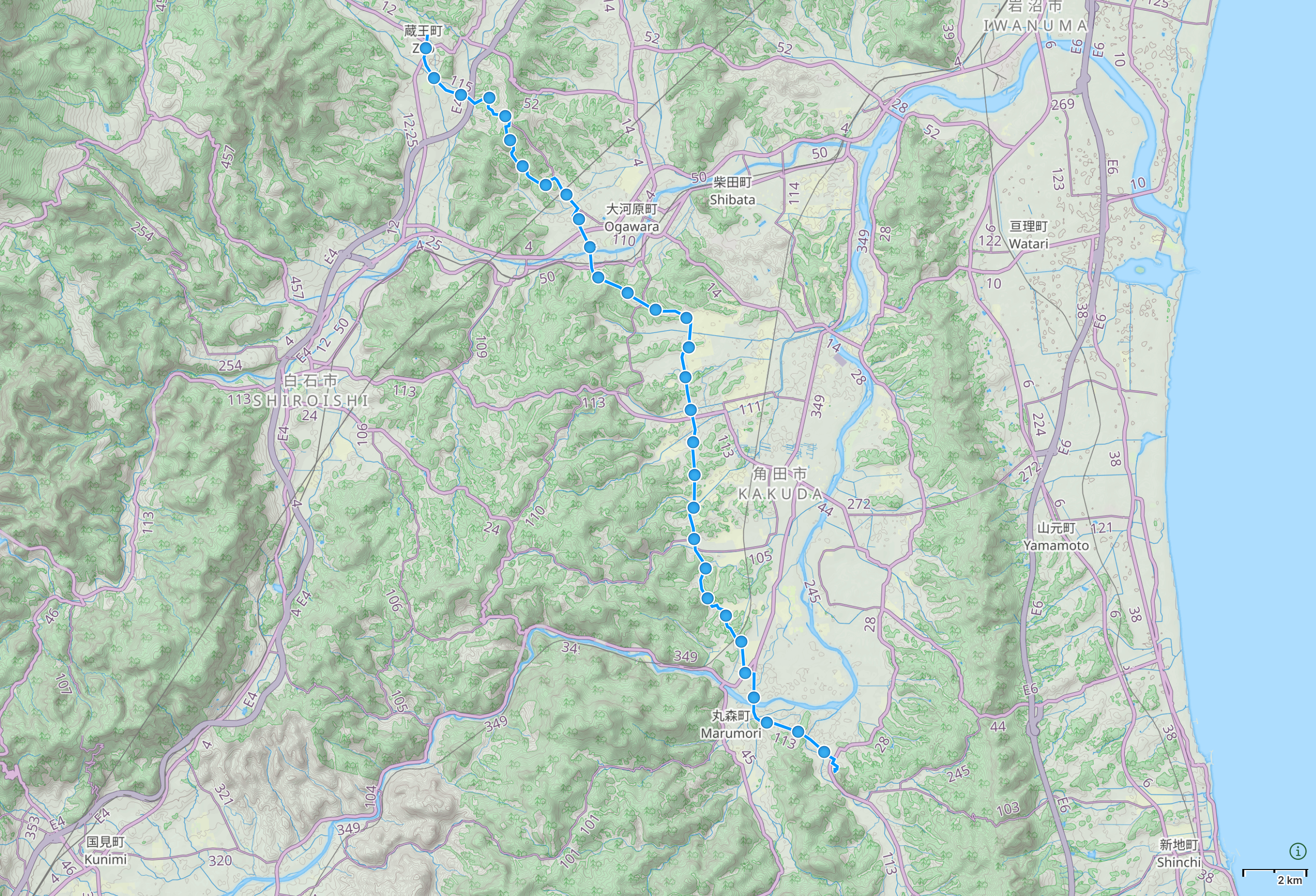
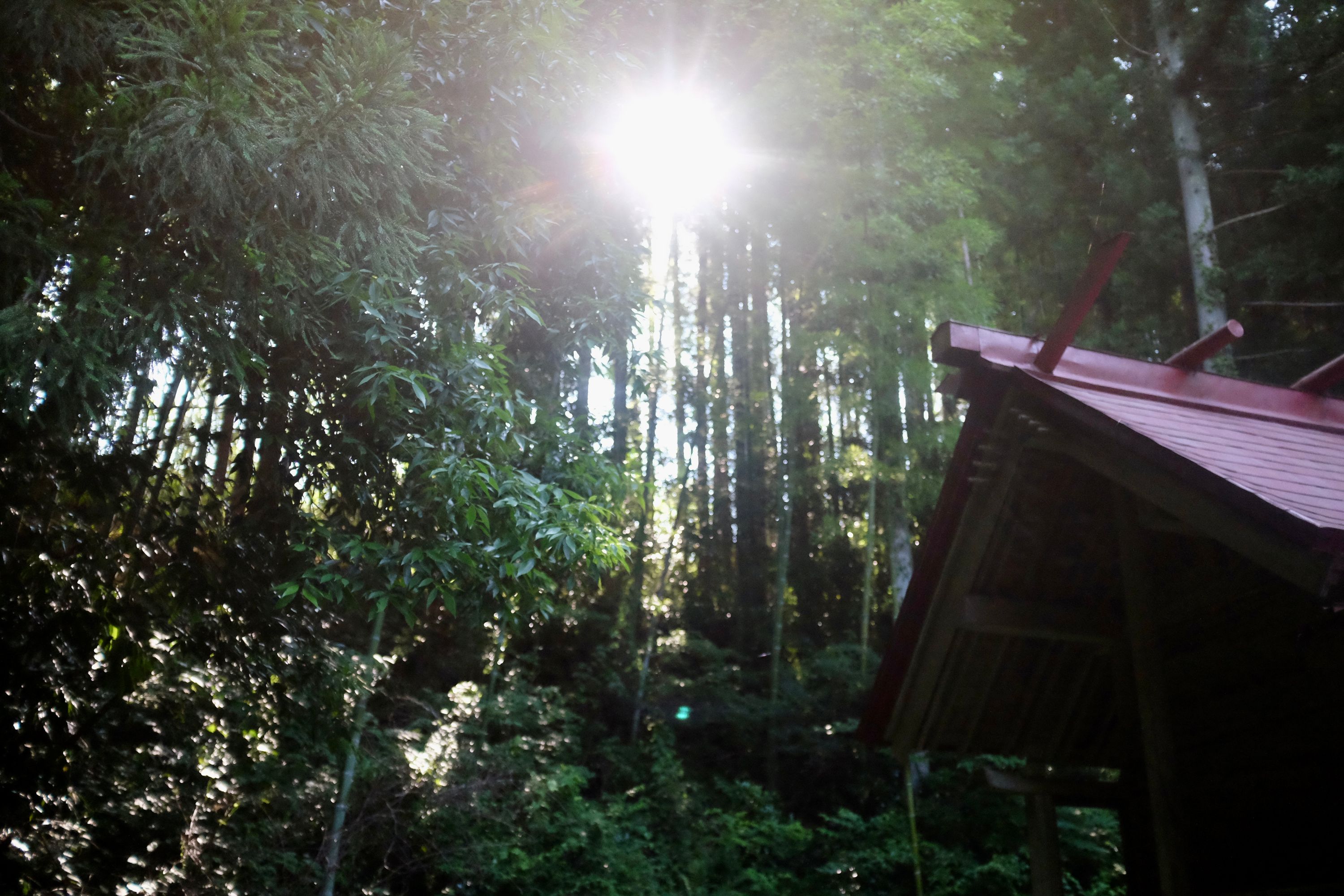
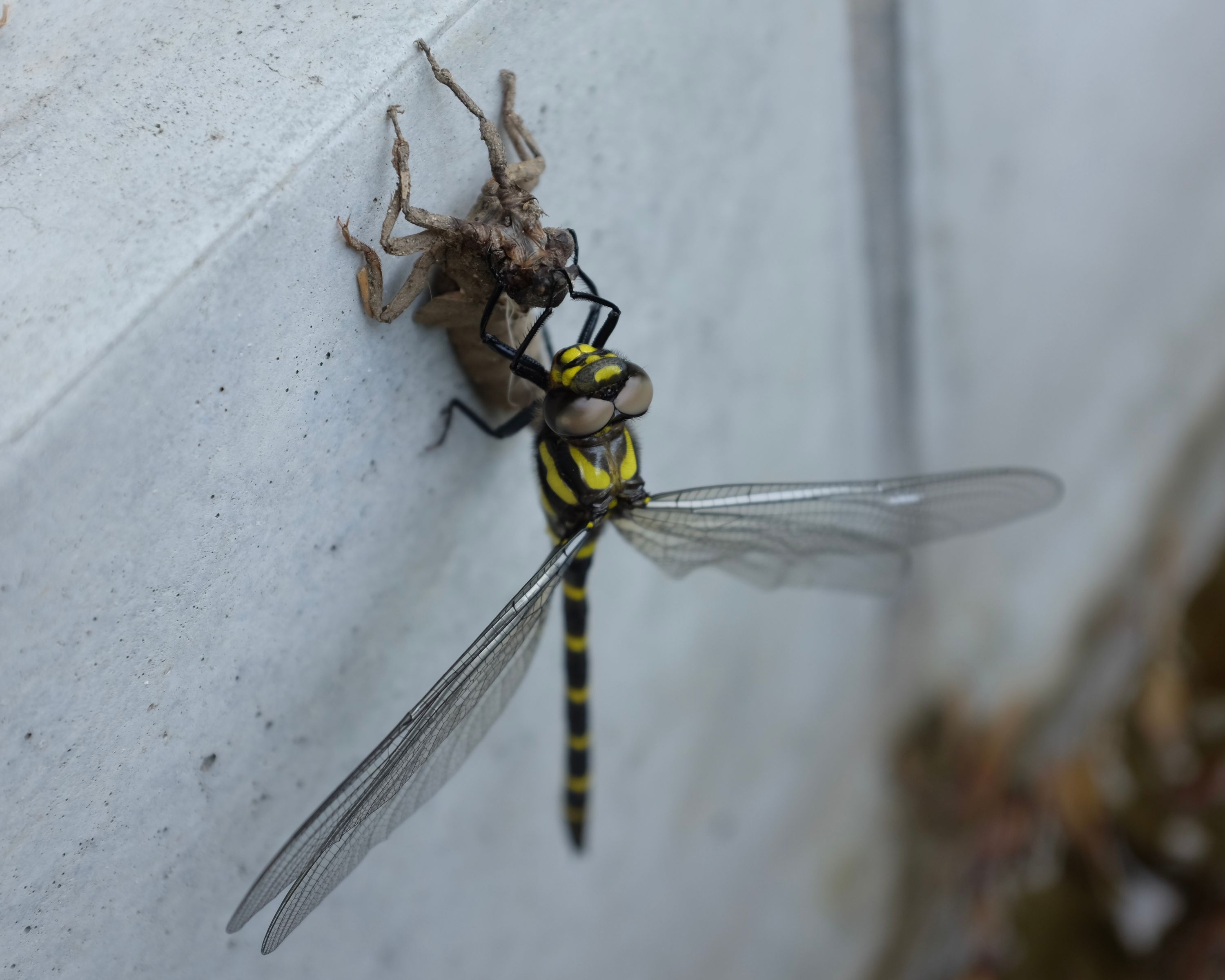
An attack helicopter at the last stage of assembly, the imago of a dragonfly dries its wings after emerging from its nymph to turn into a menace of the air from a menace of rice paddies. I suspect many a small insect would wish for miniature Stinger missiles.
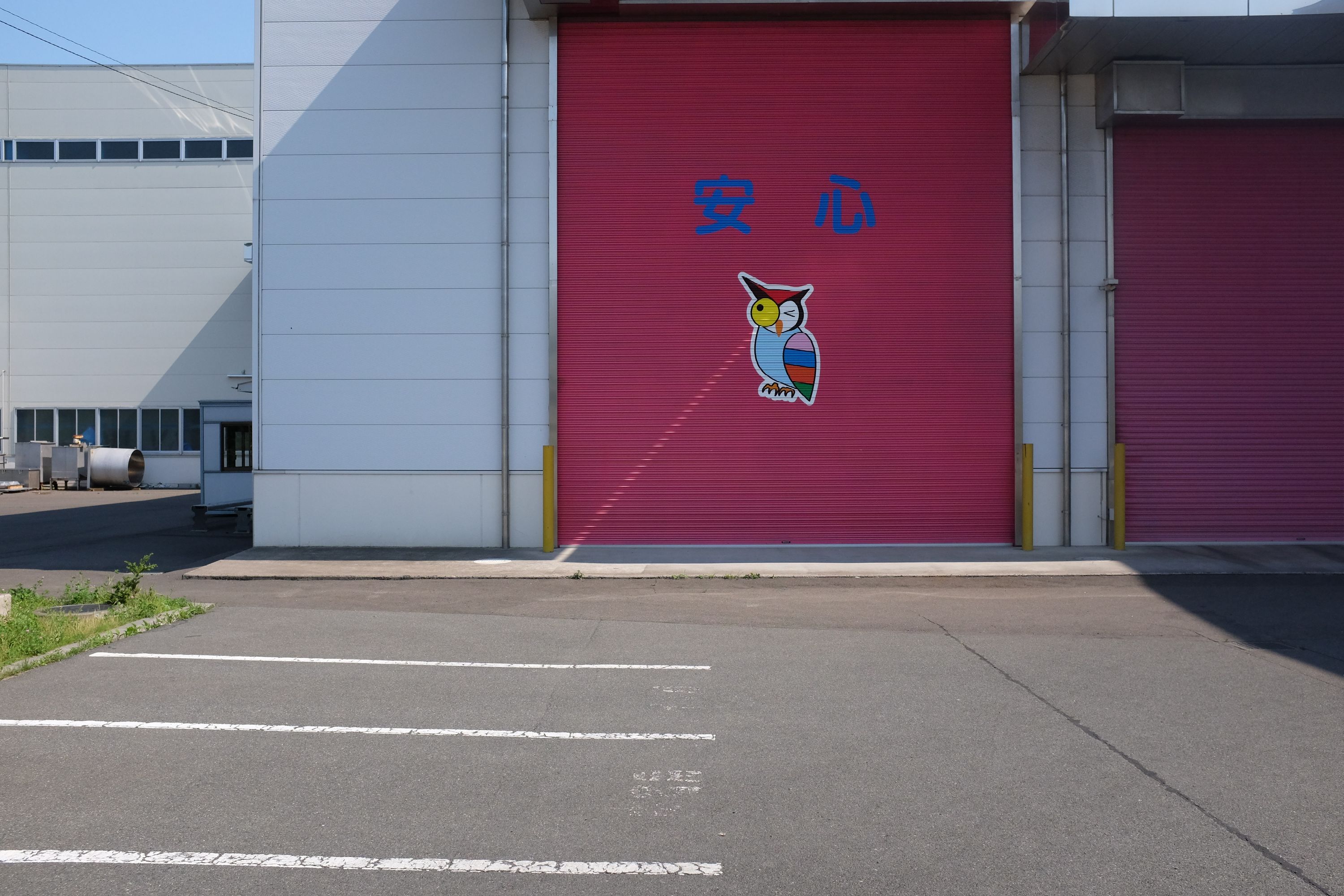
The Mayan architects of Chichen Itza on the Yucatán may be gone, but their skills remain with the warehouse builders of Miyagi. As the early morning July sun struck a corrugated metal door, a sleepy owl with a bulging right eye was turned into a laser-eye owl, not unlike the feathered serpent crawling down the stairs of the Temple of Kukulcán at the equinoxes.
The shopkeeper next door knew what I didn’t, and a few hours later, as I walked between the fields under an increasingly laser-like sun, I regretted turning down his offer of a straw hat.
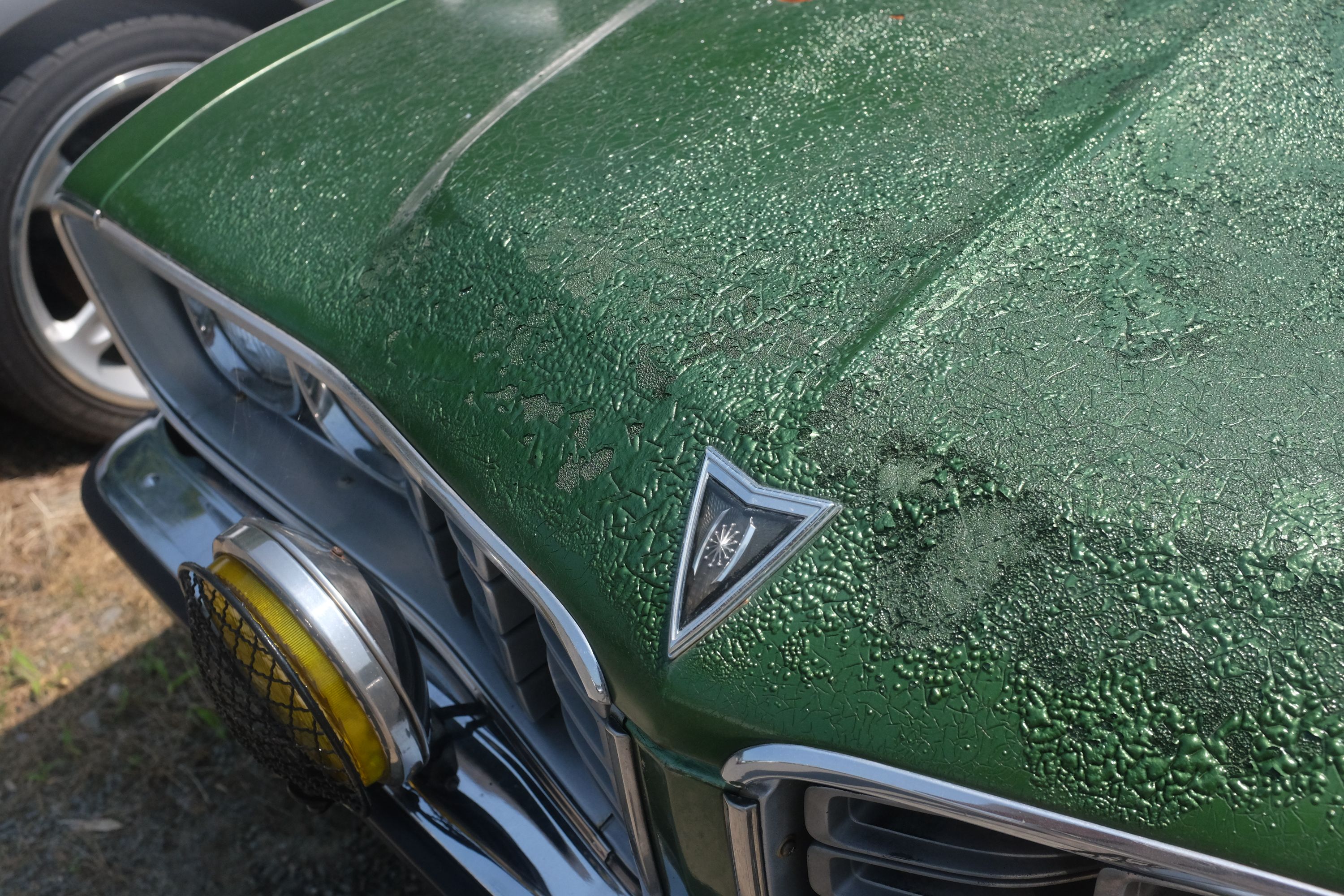
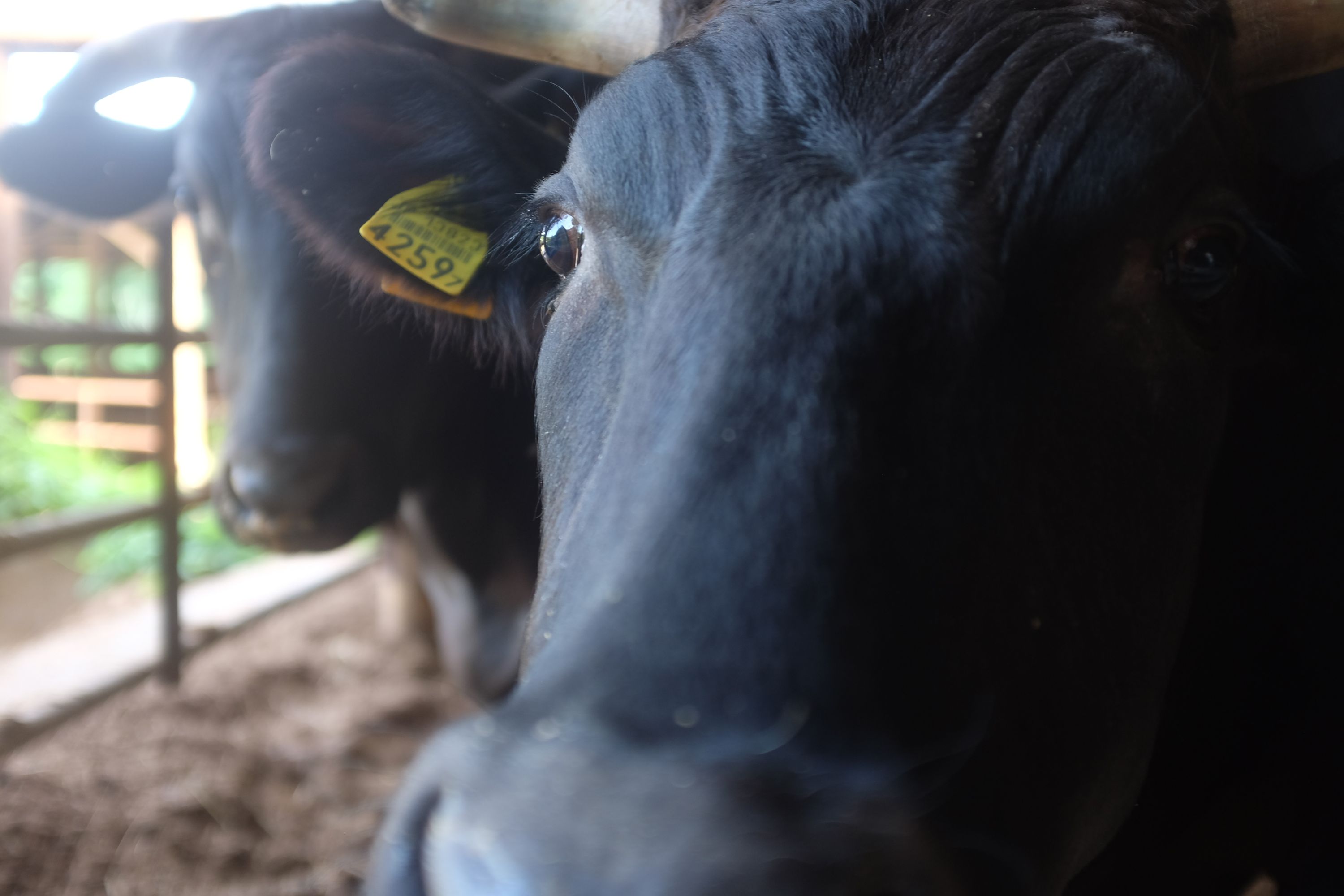
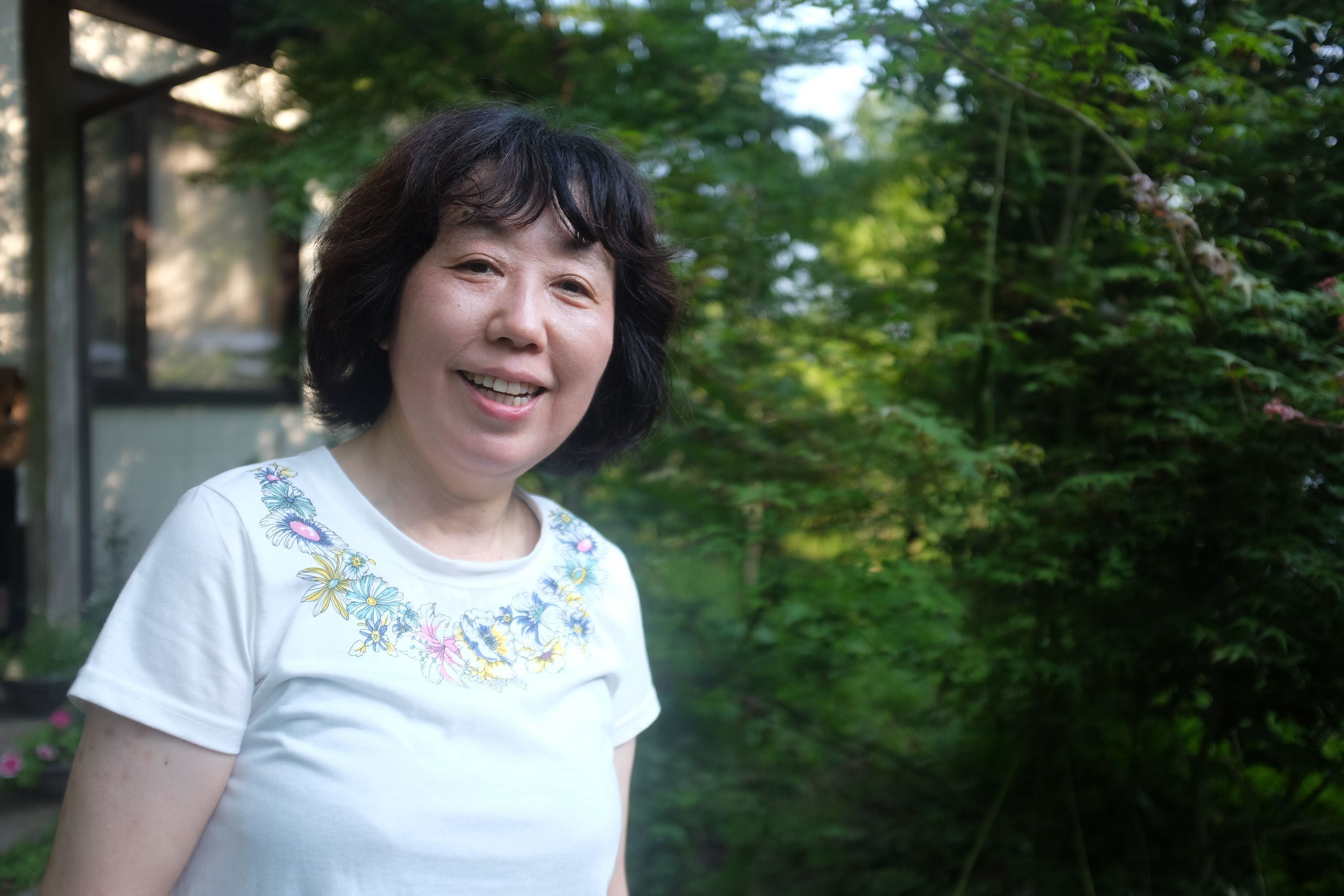
“We have lived here for 20 generations,” Horigome Moemi said. “It’s a wonderful life.” On the rich, green plains of southern Miyagi, I sat with her and her mother, Kaoru, in their airy farmhouse, drinking tea, thumbing through a Ghanaian edition of one of Kaoru’s many books. Their wagyu cattle, black velvet in an old wooden barn, passed the afternoon heat in their postprandial bliss. You could live here forever, among the hydrangeas planted by Moemi’s grandfather. I walked towards white snows and green mountains, under Shinkansen floating across the heavy evening air, silent, ghostlike, dreaming of farmhouses in a primordial land. Later, a magnitude 4 earthquake hit the bathhouse like a passing army column.
